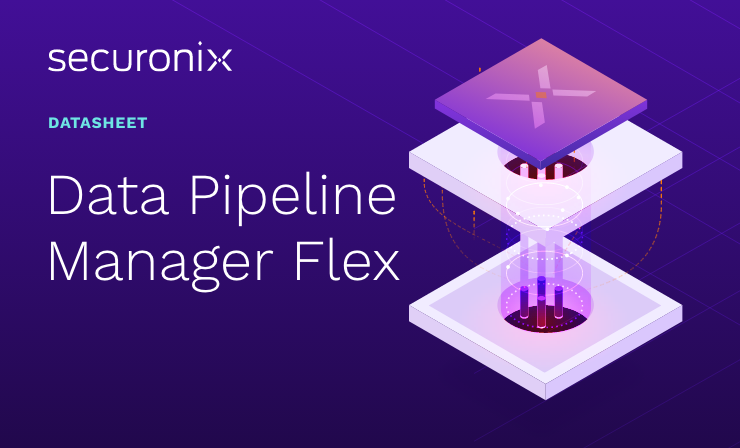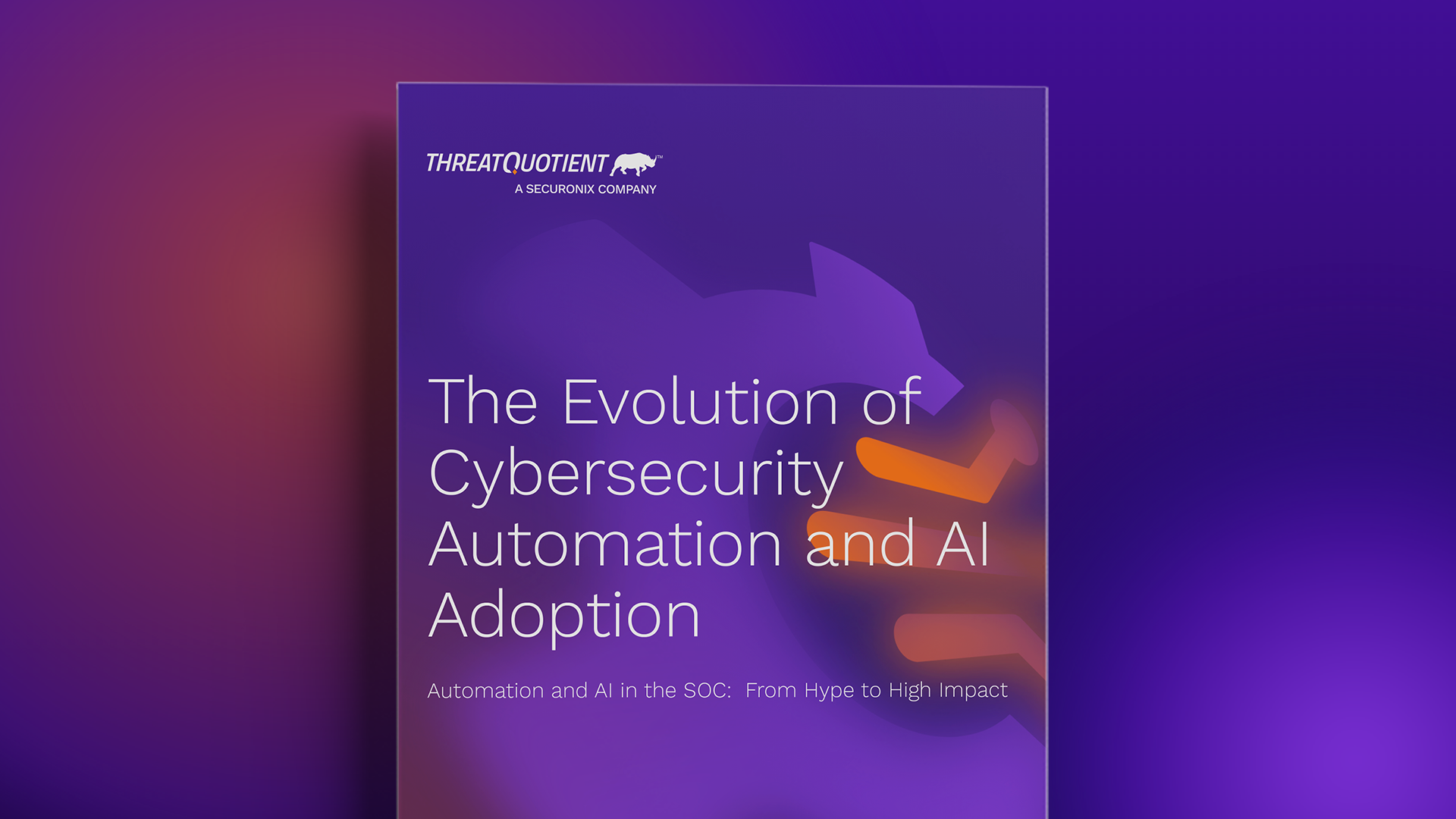- Why Securonix?
- Products
-
- Overview
- Securonix Cloud Advantage
-
- Solutions
-
- Monitoring the Cloud
- Cloud Security Monitoring
- Gain visibility to detect and respond to cloud threats.
- Amazon Web Services
- Achieve faster response to threats across AWS.
- Google Cloud Platform
- Improve detection and response across GCP.
- Microsoft Azure
- Expand security monitoring across Azure services.
- Microsoft 365
- Benefit from detection and response on Office 365.
-
- Featured Use Case
- Insider Threat
- Monitor and mitigate malicious and negligent users.
- EMR Monitoring
- Increase patient data privacy and prevent data snooping.
- MITRE ATT&CK
- Align alerts and analytics to the MITRE ATT&CK framework.
-
- Resources
- Partners
- Company
- Blog
SIEM
User and Entity Behavior Analytics (UEBA) offers mature cloud, SaaS, and on-premises behavior analytics of security data from SIEMs, the cloud, and security products. It works by expanding users to include entities such as machines and internet addresses. UEBA monitors these users’ interactions with data, systems, and applications to define and attribute attacks, so security analysts can quickly resolve them.
UEBA enriches security data using robust context information. The context data increases the accuracy of event detection, reducing false positives and enables context-based searching and threat hunting. UEBA’s analytics engine uses machine learning, behavior analytics, and threat modeling to identify your top threats. So, analysts are always responding to your most significant security events.
Six Essential Features of User and Entity Behavior Analytics
-
Integrates security data with identity and entity context.
User and Entity Behavior Analytics compiles security data from event logs, deep packet inspection, and outside threat intelligence. It attributes behaviors to the users and machines that carry them out, creating a master database containing interactions with systems, applications, and data. This database establishes a baseline of normal behavior. With the baseline data, UEBA can pinpoint significant deviations in behavior that identify malicious intent.
-
UEBA offers robust behavior analytics using machine learning.
UEBA scales machine learning abilities to enable user and entity behavior modeling and analytics based on all your organization’s security data, user and entity context, plus external threat intelligence.
Machine learning algorithms sift real-time security events and related data to detect threats that signature-based tools miss. Machine learning connects related events and compares them to threat models to detect specific types of slow and low attacks.
User and Entity Behavior Analytics prioritize threats for your security analysts. By taking care of the tedious work upfront, machine learning lets security analysts respond effectively to the top threats affecting your enterprise.
-
Analyzes the context of user and entity behaviors and security events to reduce false positives.
UEBA enriches security data within the context of business and user information. Context data typically includes the user’s identity information, the geolocation of the user, user’s asset information, and external threat intelligence.
UEBA builds profiles for each entity that it monitors and uses the context surrounding their behaviors to separate attacks from false positives. False alarms about users accessing data are no use to security analysts. But when user accounts access data from China or Russia at 3 a.m., this context clarifies that these incidents are probably malicious.
UEBA uses risk scores to determine when the behavior and context rise to a threshold such that it is likely an attack. It connects the dots between related events to look at the entire chain of events, i.e., the attack chain.
-
Automates the machine learning and analytics tasks using threat chains that shrink the time to detect and respond to threats.
UEBA relies on automation to prioritize threats. It rejects false positives that can eat up time for security analysts with no positive outcome. Automation of threat chains ensures that UEBA calls on human analysts only after the system arrives at the actionable threats that you need to address the most. By attributing actions to dynamic IP addresses in real time, UEBA identifies the users behind these addresses and actions.
-
UEBA includes multiple use cases to detect cyber threats, fraud activities, areas of non-compliance, and attacks from users and entities inside and outside the organization.
UEBA includes many uses cases for attack vectors, IT assets, and scenarios. You can use it to monitor the cloud, servers, storage devices, network hardware, and endpoints. UEBA detects a variety of attacks including ransomware, phishing, insider threat, and DDoS attacks. It includes use cases for complex APTs (advanced persistent threats) and fraudulent activity, too.
UEBA identifies cloud security issues such as unusual data sharing behavior, unauthorized access and attacks from beyond the cloud. It knows when a person or machine abuses privileged access rights in the cloud and elsewhere on your network. UEBA detects data exfiltration, which is the end game for most cyberattacks.
Nation-states and organized cybercrime groups commonly use zero-day attacks to avoid detection because legacy anti-virus solutions can’t see them. They also compromise user credentials, so they can move across your organization to get to your most precious data. It’s hard for security tools to tell what’s malicious when hackers use your existing credentials to accomplish their attacks. But UEBA detects anomalous behaviors that are typical among cyberattacks. This ability enables it to recognize more sophisticated and stealthy attacks such as zero-days and actions such as lateral movement across your network.
-
UEBA pushes data about threats to IT security analysts through dashboards and trouble tickets.
UEBA continuously presents analysts with your top 10 threats in an inviting dashboard that is user-friendly and easy to read and understand. Analysts can easily see anomalous user and entity behavior, including related actions and security events. Analysts can drill down into detailed attack data quickly to see how threats act and react in your environment.
User and Entity Behavior Analytics includes event response playbooks and automated remediation for use cases, so security analysts know precisely how to end security events and close up vulnerabilities.
UEBA’s Reach Is Your Cybersecurity Remedy
UEBA reaches into the cloud, apps, and IoT and identifies entities, users, behaviors, and contexts to separate the overwhelming majority of false positives from real attacks. It shoulders the work right up to when the security analysts see your top threats in the dashboard.
UEBA’s dashboard leads security analysts as they drill down to the source of the attack, and everywhere it touches your enterprise. It lets you address your most considerable security risks every day, despite the security expert shortfall.







